Fujifilm X-E5 Review: No Longer a Beginner’s Basic Camera

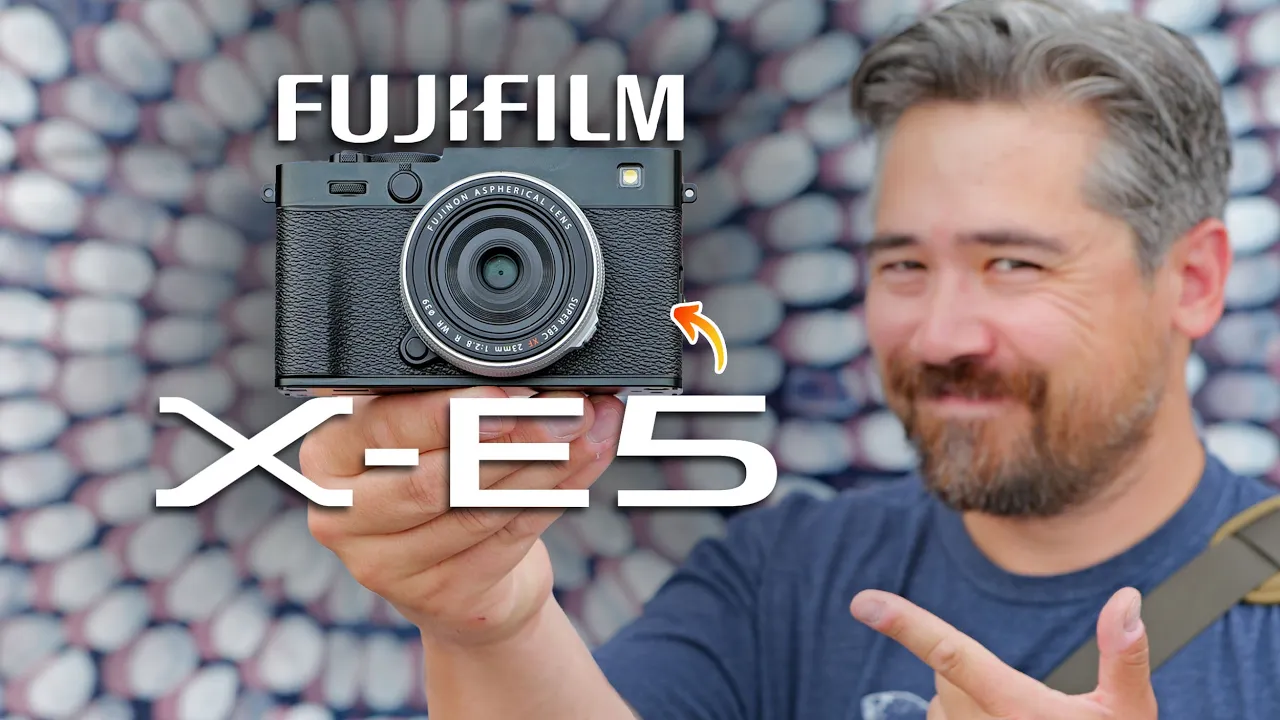
The Fujifilm X100 series of cameras is the most popular design out of the entire brand and possibly out of anyone else’s brand, too. These cameras hit an ideal balance between styling and compactness, but they never really appealed to me as much as they seem to for everyone else. I know that I am in the vast minority with this very unpopular opinion but I think that a better Fujifilm camera exists and we all get to appreciate it together now because the X-E5 has finally arrived.
The X-E cameras have been largely designed to be a beginner’s gateway into the Fujifilm system. They have been basic and affordable and sit well below higher-end cameras like the X-T series and more stylish cameras like the X100.
The X-E5 changes all that.
Not only does it now feature the highest resolution 40-megapixel APS-C sensor Fujifilm offers but it also has some of the most desirable design cues on a Fujifilm camera so far. However, the entry-level price has also gone away and with the X-E5 body coming in at $1,700, it is the X100VI that has suddenly become the more affordable option. Let’s find out if the X-E5 can justify its newfound prestige.
Fujifilm X-E5 Review: How It Feels
The X-E series of cameras has always sought to capture a rangefinder-like aesthetic with an electronic viewfinder (EVF) placed at the corner of the body and a boxy, compact design. The X-E5 carries this same look forward but also features some of the most customization of any Fujifilm camera to date. There is a lever above the now larger grip which works exactly like the GFX100RF. It can control four customized options by simply utilizing a quick push or pull motion, or a long-press push or pull motion. This is an excellent way to add utility to a smaller camera body while still keeping the number of buttons to a minimum.
There are the usual customizable buttons on the top and back of the camera as well, and an autofocusing joystick that also controls menu navigation. The twin command dials also have push-in button functionality, which can be customized, and the retro exposure compensation dial and shutter speed dial make a return as usual.

The now-famous Fujifilm Film Simulation modes return but this time they have a dedicated dial that displays the chosen setting under a magnified window inset into the top plate. This reminds me of the frame counter on classic cameras,= and it is both fun to use and stylish to look upon. There are some hard-coded Film Simulation modes that represent the most popular choices as well as a custom choice and three additional FS modes that let you incorporate adjusted film recipes into the mix. This basically lets you choose an existing film sim mode and then customize it further with white balance choices, color and tone adjustments, contrast and curve controls, film grain, and much more. I like this particular implementation even more than the similar setup on the GFX100RF. I would go so far as to say that the X-E5 has the nicest control scheme I’ve used on a Fujifilm camera full stop.

But it isn’t all wonderful and there are a couple of issues that I have with the X-E5 as well. The EVF is a 2.36-million-dot unit that is probably the same as the one found in the X-T50. This is a little disappointing and does give ground to the X100VI with its 3.69-million-dot display. However, there is a saving grace and it happens to be a really fun and functional nod to classic cameras. You can use the classic display information if you want but there is also a vintage-looking red LCD option that is straight out of an 80s-era SLR. Even better, you can also have your exposure compensation displayed as a classic match-needle interface, which I absolutely love. It is smart-looking and way easier to notice than the usual small number down in the corner with a plus or minus sign behind it.
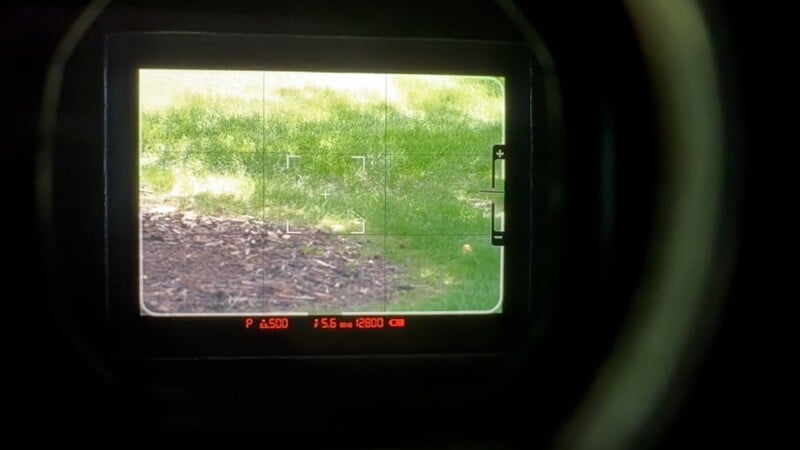

The body is a lightweight 15.7 ounces (445 grams) and, in practical terms, is quite similar to an X100 in size. There is a mic jack and the option for a headphone output via the USB-C port. The X-E5 also uses the venerable W-126S battery, which makes sense given the thin profile of the camera. A single UHS-II card slot provides storage for the camera.
As nice as the overall handling experience is, it does lead me to the other issue worth considering. Whereas the X100 cameras are weather-sealed when used with the filter adapter, the X-E5 does not have any weather-sealing to speak of. I do like even the perception of some peace of mind when a camera has some seals installed. In most situations, I would probably stow any camera that was exposed to some serious rain or sleet. However, I am rough on my camera gear, and I would have preferred to have that extra assurance that a little rain or dust won’t damage the X-E5 camera. As it is, I’ll have to keep in the back of my mind that this camera is a little less rugged than some.
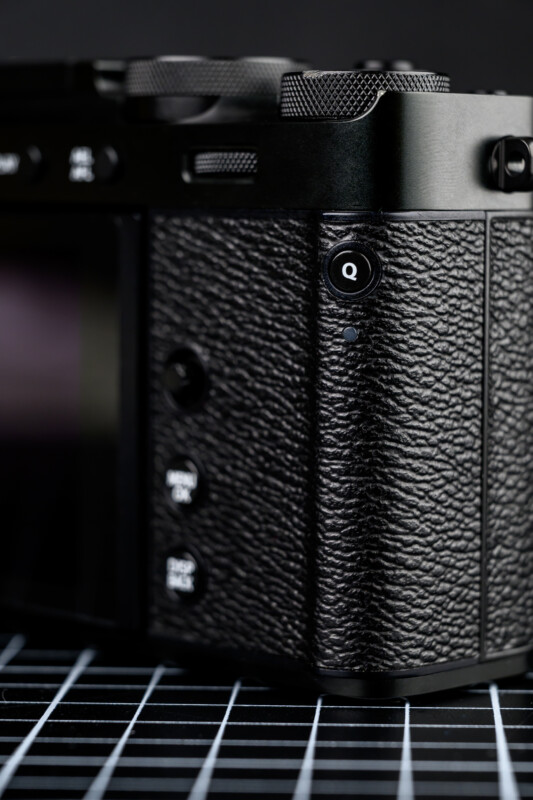
The back panel is a touchscreen interface that can articulate along a vertical axis only. It is just over a million dots and can be flipped up into a selfie mode. The overall display scheme is pretty similar to the X100VI, but one thing that is missing is the hybrid optical and electronic EVF. This is a much-loved feature in the X100 cameras, and I totally understand why users enjoy it. However, I often default back to the electronic view anyway, and I didn’t feel like I was missing the OVF option very much. If you shoot in a cropped aspect ratio, you can also decide if the rest of the sensor should be blacked out, have a semi-transparent view, or show the whole sensor with frame lines to denote the chosen view.

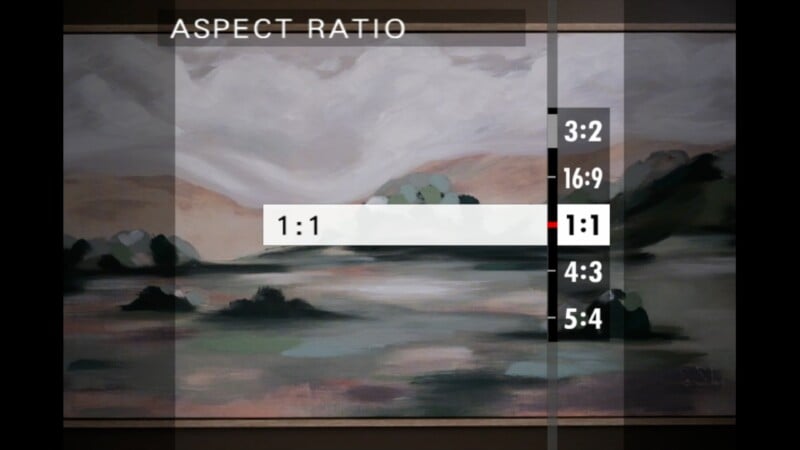
Fujifilm X-E5 Review: How It Shoots
This part of the explanation is quite simple. The X-E5 is internally an X-T50 in a smaller body. It gets the same great 40-megapixel APS-C sensor, which provides a wonderful balance of printable size and cropping potential. The scan rate is a little slow, so I would still stick to the mechanical shutter when shooting fast-moving subjects but the ability to shoot up to eight frames per second with this shutter is ideal for most situations. If you are okay with some rolling shutter, the electronic shutter allows for burst rates up to 13 frames per second (FPS) without cropping, and even 30 FPS if you are willing to sacrifice resolution.
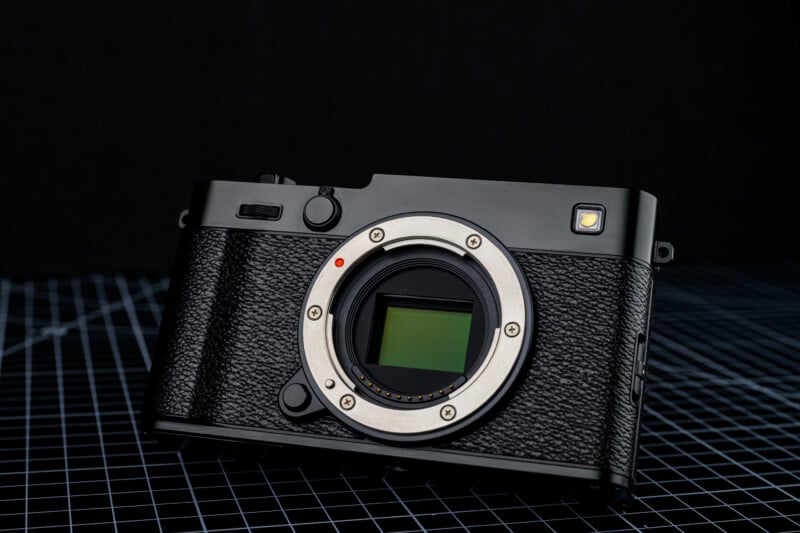
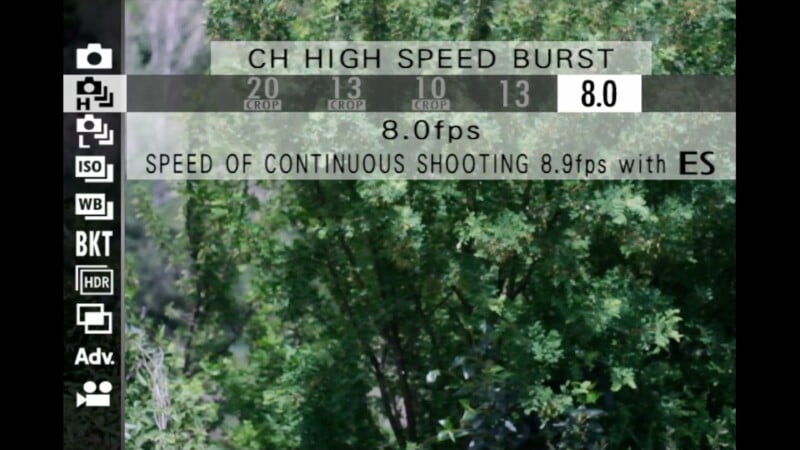



The in-body image stabilization also returns, and I love the extra stability that it provides. I did a ridiculous thing and shot some pictures with the tiny X-E5 and the Sigma 100-400mm lens. I’m not going to pretend that the smaller grip was well suited for this work but the camera itself was very stable to shoot with, and the mechanical shutter is smooth and fairly devoid of excessive vibration. Some up-to-date Fujifilm autofocusing technology is present here with excellent subject-detection modes and very effective eye and face detection. The tracking autofocus works okay in most situations and I also went to zone focusing from time to time, but the continuous AF in video mode is still a little unreliable.

![]()
![]()
![]()
As for video, this 40-megapixel sensor is still not ideal, given that it has too much resolution for more conventional 4K recording. The X-E5 can record full-width 4K, but the video is subsampled, and detail takes a bit of a loss. Go to 4K HQ or the 6.2K record modes and you will get good detail, but rolling shutter becomes an issue, and there is a heavy crop involved. If you want 4Kp60, you can get that too, but the rolling shutter and heavy crop come along for the ride. This makes the X-E5 fine for the occasional video shot here and there, but if you are looking for something that is more of a hybrid package, I’d look elsewhere.
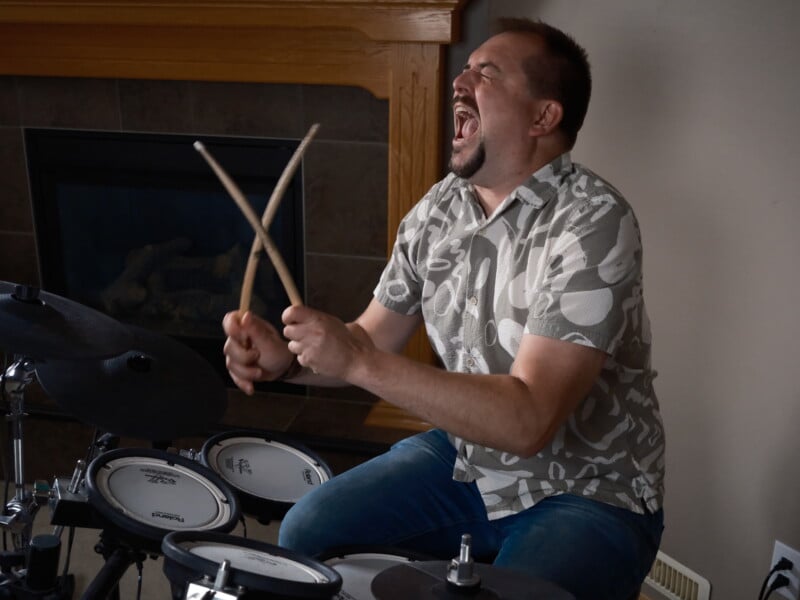
![]()
![]()
![]()
Lastly, I have to mention a lens even though this is a camera review. The X-E5 is kitted with an optional 23mm f/2.8 lens, which keeps the overall size and profile of the camera to a minimum. This is an obvious alternative to the X100 package, and although the lens does give up one stop of light to the X100 lens, it is very sharp and very resistant to flare issues. You get the same “pocketability” alongside the huge advantage of the interchangeable lens mount. If I want to keep things small but have a wider field of view, I can throw on the 18mm f/2.0, or get a little more reach with the 35mm f/2.0, for example. The 40 megapixels of resolution on the X100 VI certainly gives some room to crop, but with the X-E5 and a pocketful of primes, I don’t have to make that sacrifice.

![]()
![]()
![]()
Fujifilm X-E5 Review: The Best X100 Ever?
I have clearly made this review centered around the X-E5 versus the X100VI, and I fully acknowledge my bias against the X100 cameras in general. They just are not for me, even though I have fun with them when I test them out.
To me, the X-E5 is really the best X100 of all time. When I want a similar kind of experience, I can throw on the little 23mm lens and head out. However, I also get the versatility of all the other lenses available for X mount and some of the best handling I’ve ever used on a camera.
Furthermore, the X-E5 is not the entry-level package that the X-E line used to be, making the comparison to the premium X100VI all the more apt. It is sexy and stylish, with some thoughtful nods to retro cameras, and captures all the nostalgia and fun factor that Fujifilm is famous for.
Do consider that you are giving up some features compared to the X100VI, including a better EVF that offers an optical hybrid, rugged weather sealing, and a built-in four-stop ND filter. In my opinion, the lofty benefits outweigh the downsides but what is an undeniable consideration is the higher $1,900 price of the X-E5 when it is paired with the 23mm companion kit lens. If you can look past that price, I think the X-E5 has much to offer when it comes to capability and style.
![]()
![]()
![]()
Are There Alternatives?
The X-T50 gives you about the same capability in a more SLR-like body design. The X100VI is hard to find and much sought after but it comes with an integrated lens for less money. The Sony a6700 body is lower in price and also very compact, but it doesn’t have the same nod to classic styling.
Should You Buy It?
Yes. The handling and user experience of the Fujifilm X-E5 are as good as it gets and the body design can scratch the desire for a sexy pocket camera itch while also bringing along the versatility of an interchangeable lens system camera, too.
Source link



